Best Timing for Cladding Paintings
Cladding paintings are most effectively performed during specific weather conditions to ensure optimal adhesion and durability. Timing is essential to achieve a long-lasting finish and to prevent issues such as peeling or mold growth.
Spring and early autumn are ideal for cladding paintings due to moderate temperatures and lower humidity levels.
The best temperature range for painting is typically between 10°C and 25°C. Temperatures outside this range can affect paint curing.
Dry weather with minimal wind and no rain is necessary. Avoid painting during or just before rainy or very humid days.
Timing should allow for proper surface cleaning and drying before application, usually a few days of suitable weather.
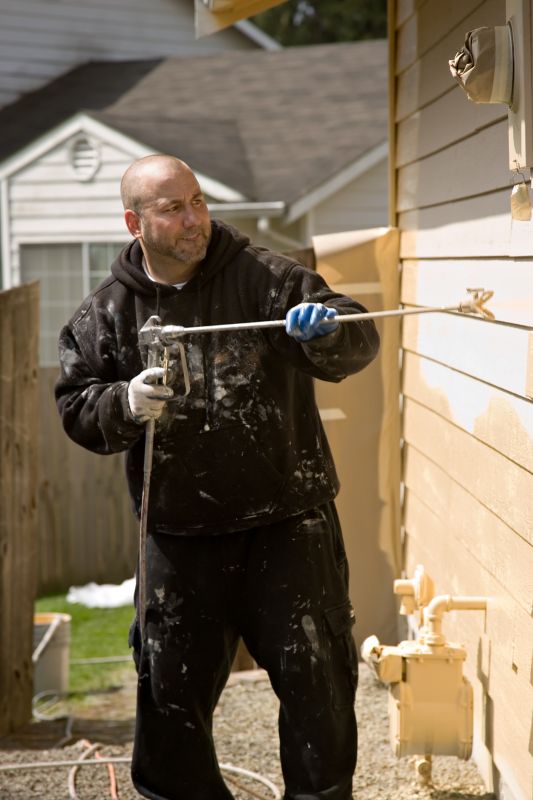
Spring offers moderate temperatures and lower humidity, ideal for exterior cladding projects.
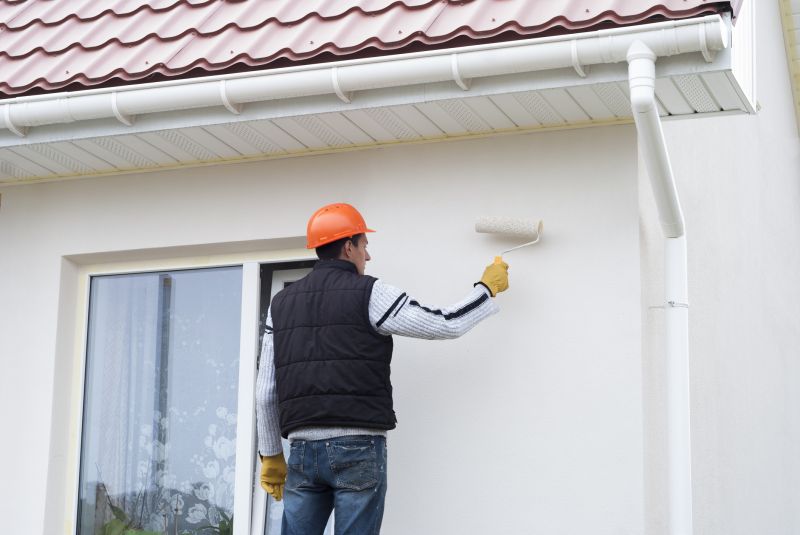
Dry, mild days ensure better paint adhesion and longer-lasting results.

Proper surface drying and cleaning are crucial before painting in suitable weather conditions.

Ways to make Cladding Paintings work in tight or awkward layouts.
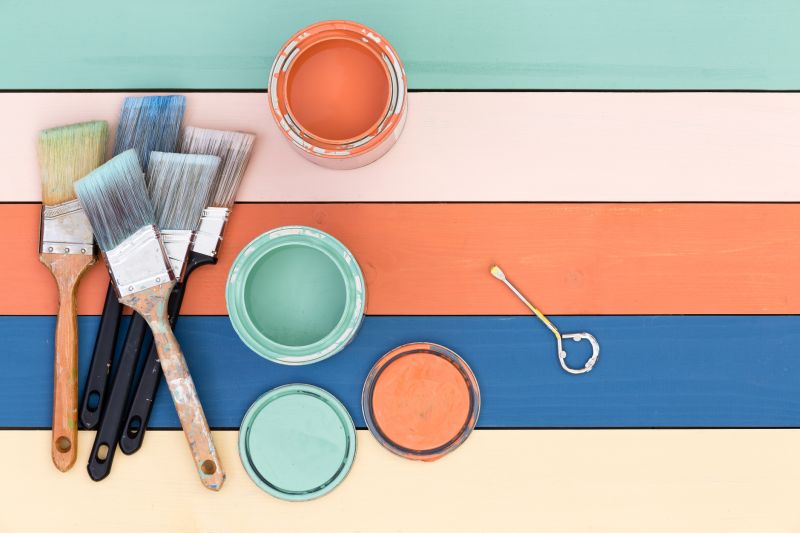
Popular materials for Cladding Paintings and why they hold up over time.
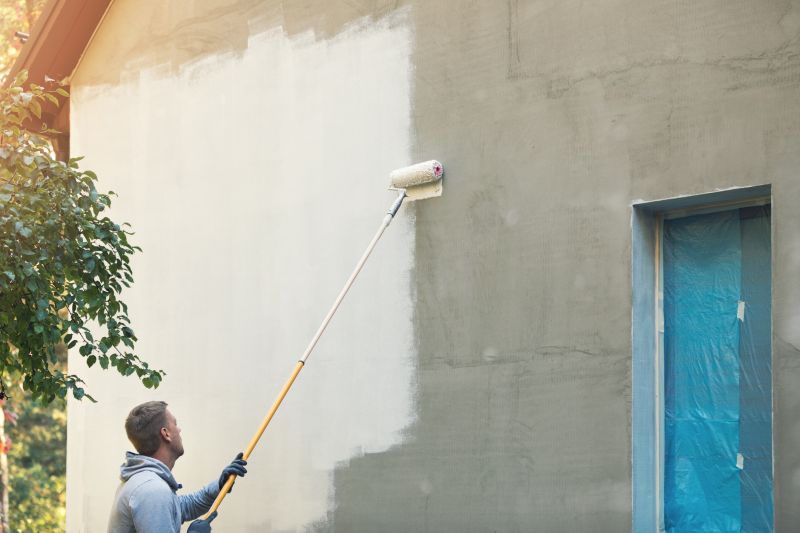
Simple add-ons that improve Cladding Paintings without blowing the budget.
| Factor | Recommended Conditions |
|---|---|
| Temperature | 10°C to 25°C |
| Humidity | Below 80% |
| Rain Probability | Less than 10% |
| Wind Speed | Less than 20 km/h |
| Sun Exposure | Moderate, avoid direct midday sun |
Cladding paintings contribute to the aesthetic appeal and protection of building exteriors. Proper timing ensures the paint adheres well and lasts longer, reducing the need for frequent maintenance. Weather conditions significantly influence the quality of the finish, making planning essential for successful application.
Statistics indicate that painting during optimal weather conditions can extend the lifespan of exterior cladding coatings by up to 30%. Properly timed projects minimize issues such as peeling, cracking, or mold formation, ensuring the appearance and integrity of the cladding are maintained over time.
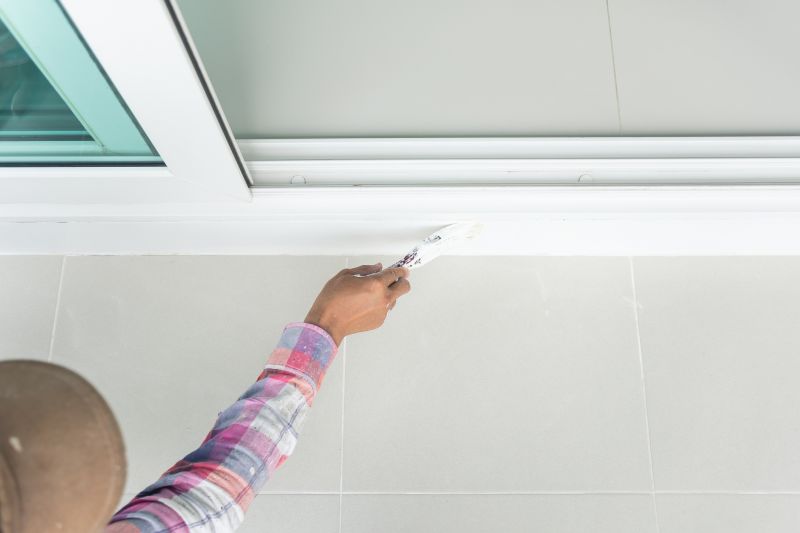
Ensures long-lasting, high-quality finishes.
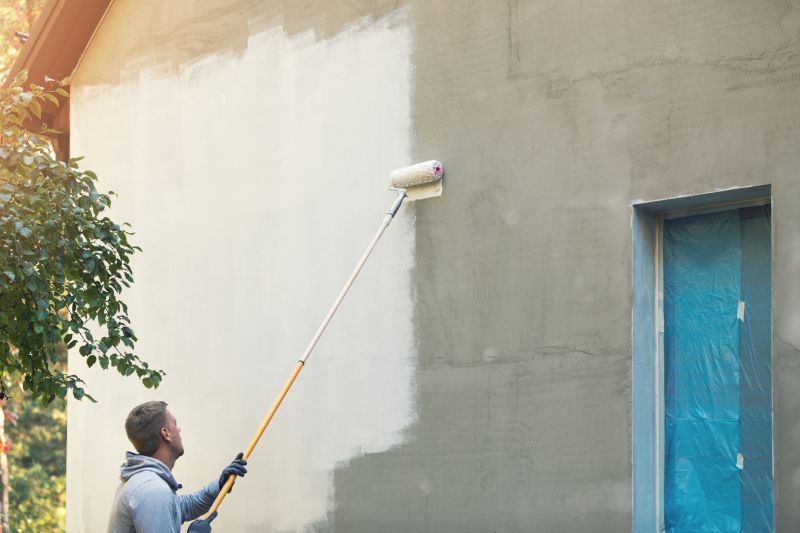
Weather plays a critical role in project success.
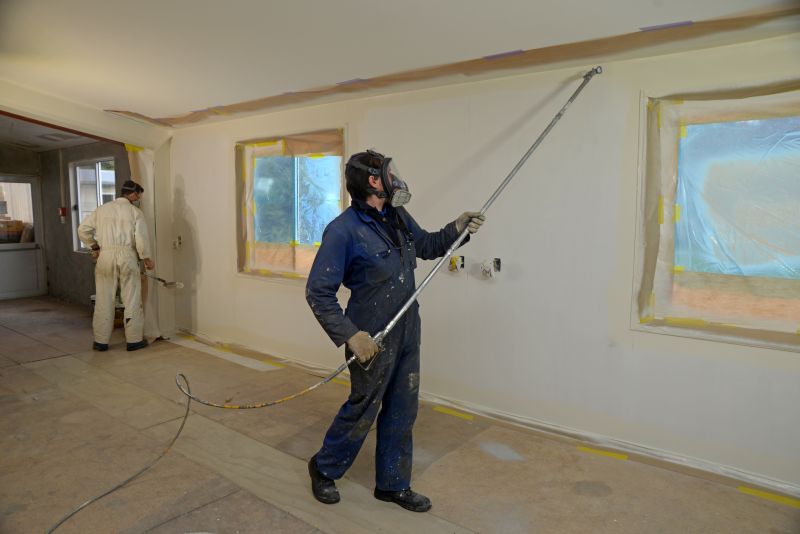
Timing allows for proper surface preparation.
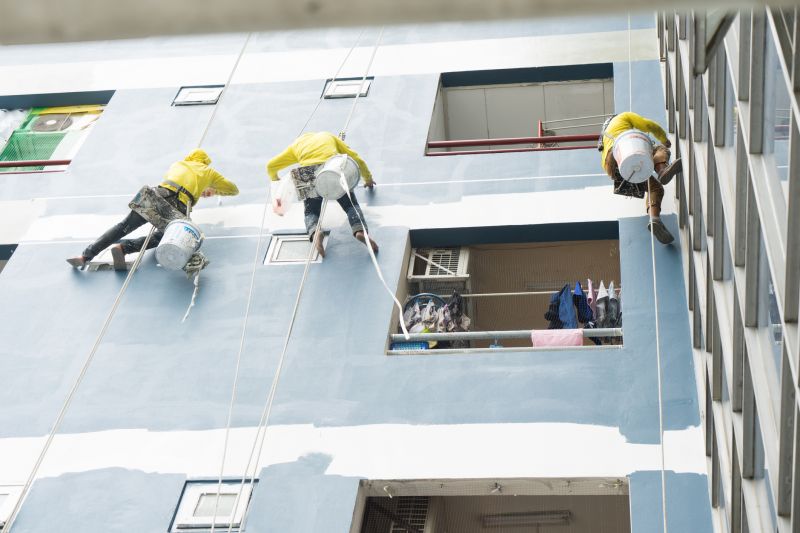
Reduces risk of paint failure and rework.
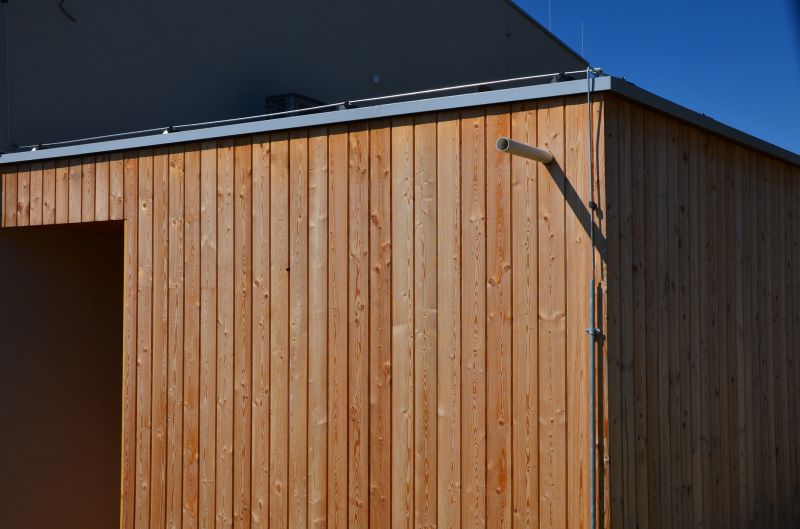
High-end options that actually feel worth it for Cladding Paintings.
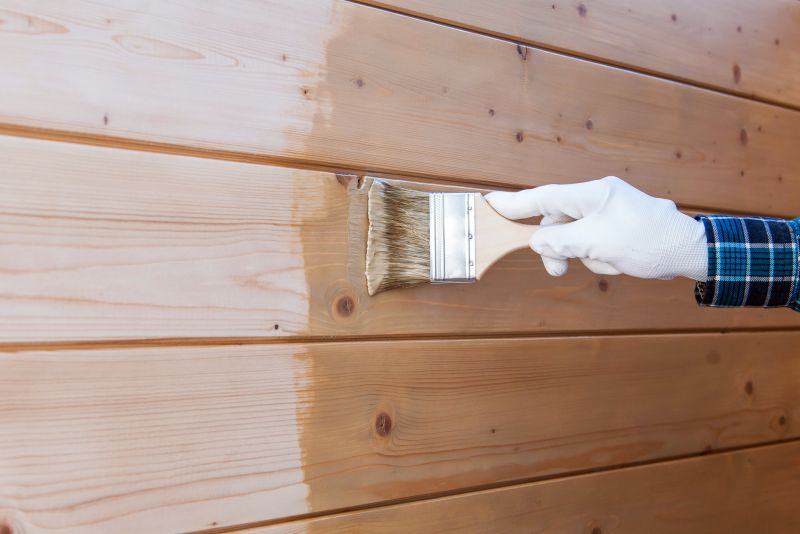
Finishes and colors that play nicely with Cladding Paintings.
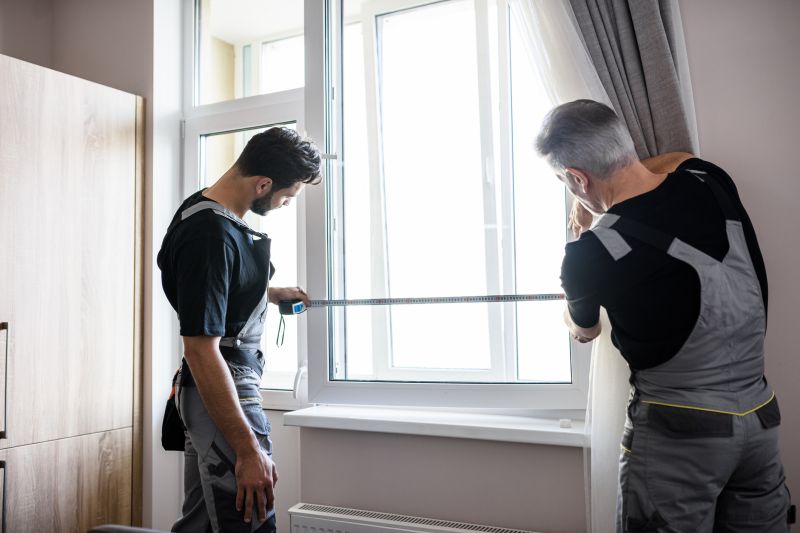
Little measurements that prevent headaches on Cladding Paintings day.
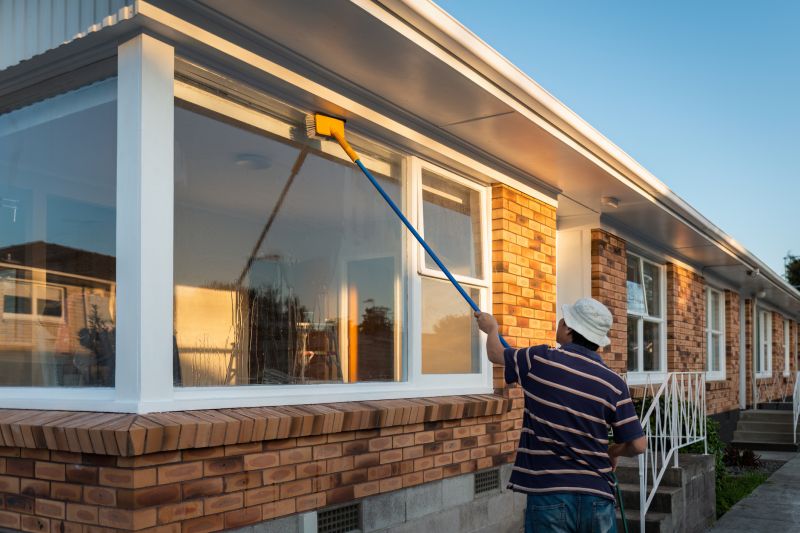
A 60-second routine that keeps Cladding Paintings looking new.
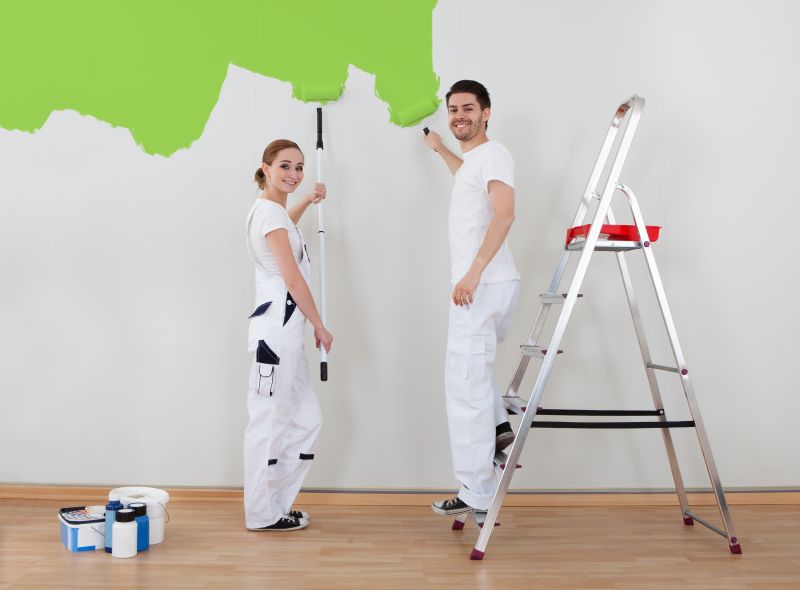
A frequent mistake in Cladding Paintings and how to dodge it.
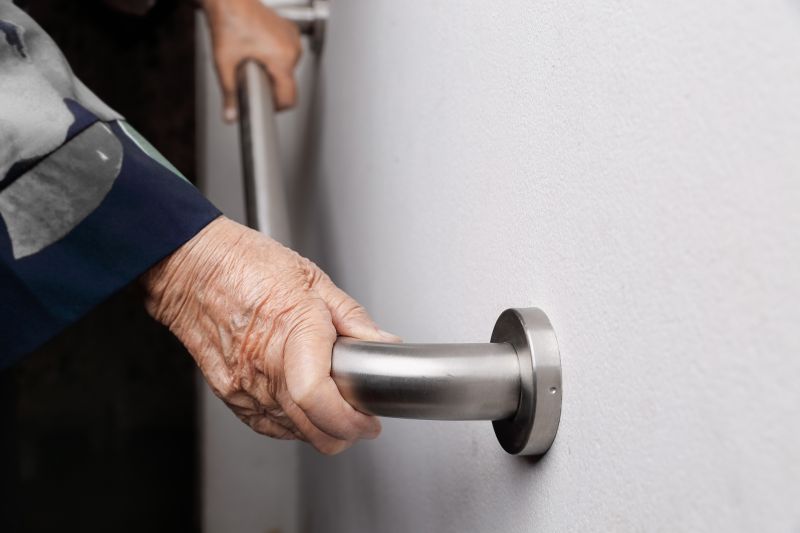
Small tweaks to make Cladding Paintings safer and easier to use.
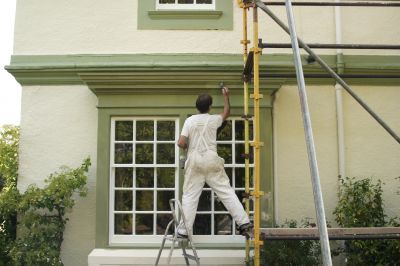
Lower-waste or water-saving choices for Cladding Paintings.
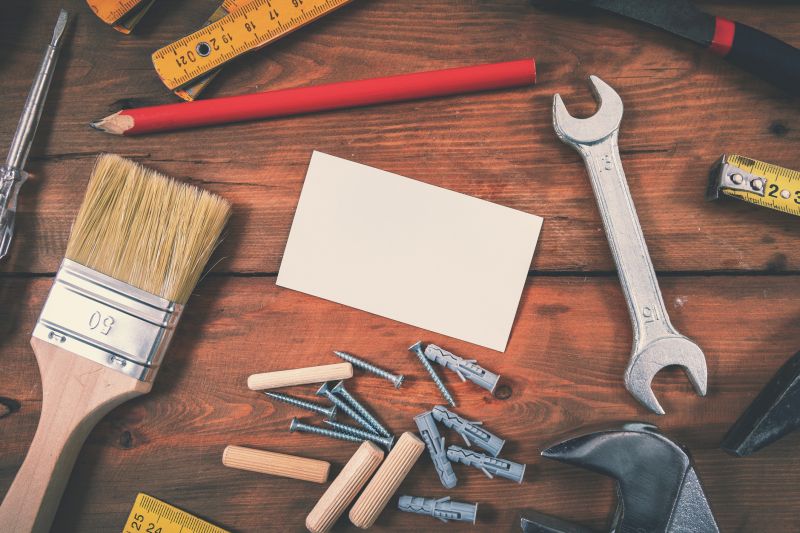
The short, realistic tool list for quality Cladding Paintings.
Interested in scheduling a cladding painting project? Filling out the contact form provides the necessary details to plan effectively and ensure the best results tailored to specific building needs.
